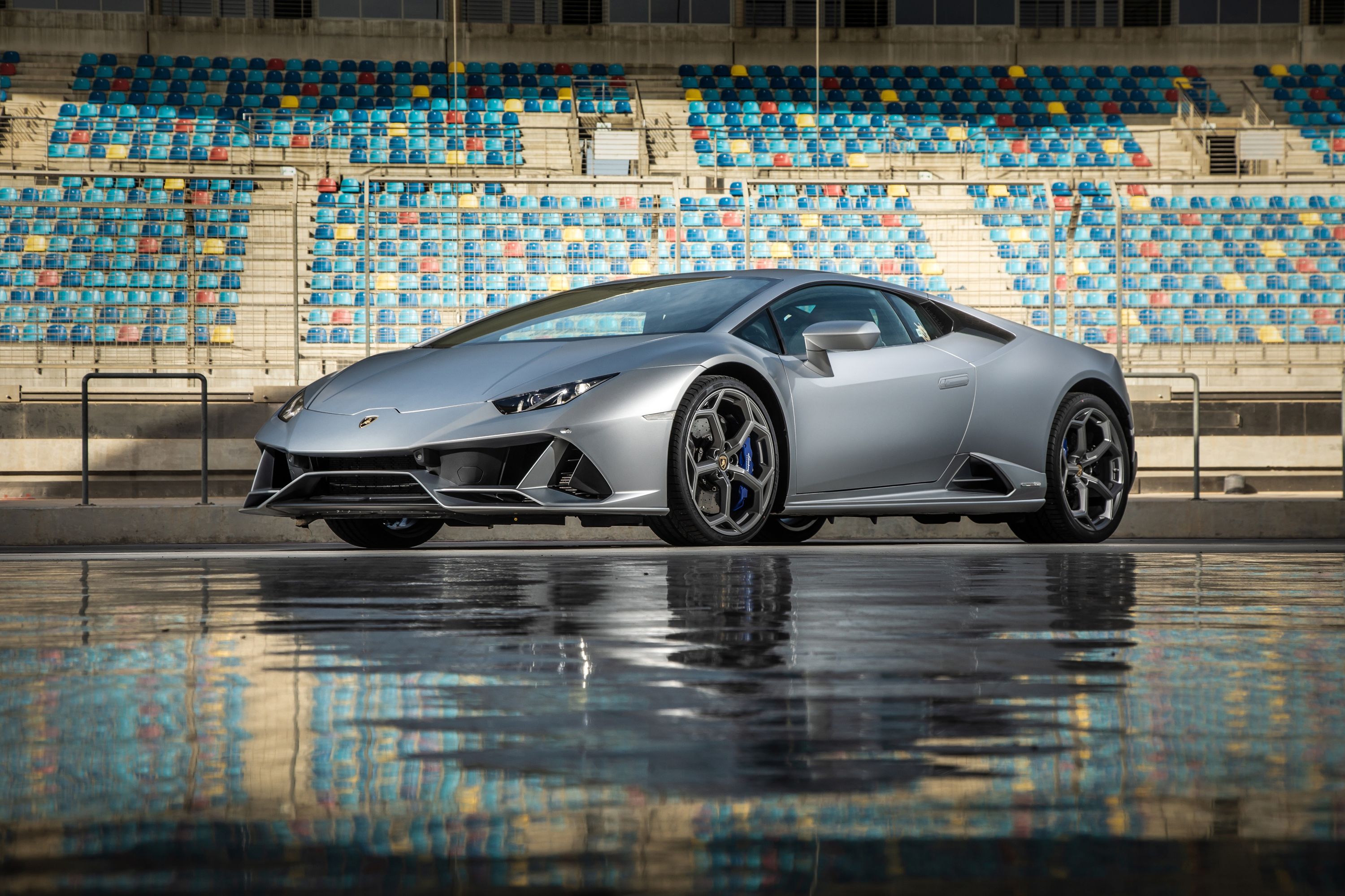
Most of the cars at a major auto show like Tokyo's will inevitably be presented by automakers, large or small. But not this striking little ditty right here.
Looking something like a Lamborghini or successor to the Acura NSX, the Nano Cellulose Vehicle is a conceptual supercar developed as a technological showcase by a consortium of 22 Japanese universities, research institutes, and corporate suppliers, with the support of the country's Ministry of the Environment. And as eye-catching as the design may be, the technology it's made to demonstrate is the material used for its bodywork.
Instead of metal, plastic, fiberglass, or carbon fiber, the NCV is cloaked in cellulose nanofiber – a high-tech, lightweight, and environmentally friendly material made that can be made from plants or recycled agricultural waste. By using it to make the body panels, doors, roof, and hood, the shell ends up as much as 50 percent lighter than some conventional materials, reducing the entire vehicle's mass by over 10 percent.
And the bodywork it makes up cuts a rather stunning shape, taking the form of a supercar with a low profile, bold geometric surfacing, attention-grabbing lights fore and aft, and butterfly doors.
The interior is another matter, and not quite to our taste. But it is original, and evidently adopts uniquely Japanese design elements – from the kimono-wrap seats to the minimalist wood dashboard and the flower motif.
Focused as it is on its materials and design, the NCV's creators haven't disclosed much in the way of technical details (if it even has any mechanical components under its innovative bodywork). But suffice it to say that we wouldn't expect it to have a big ol' fossil-fuel burning hunk of metal under the rear deck.
